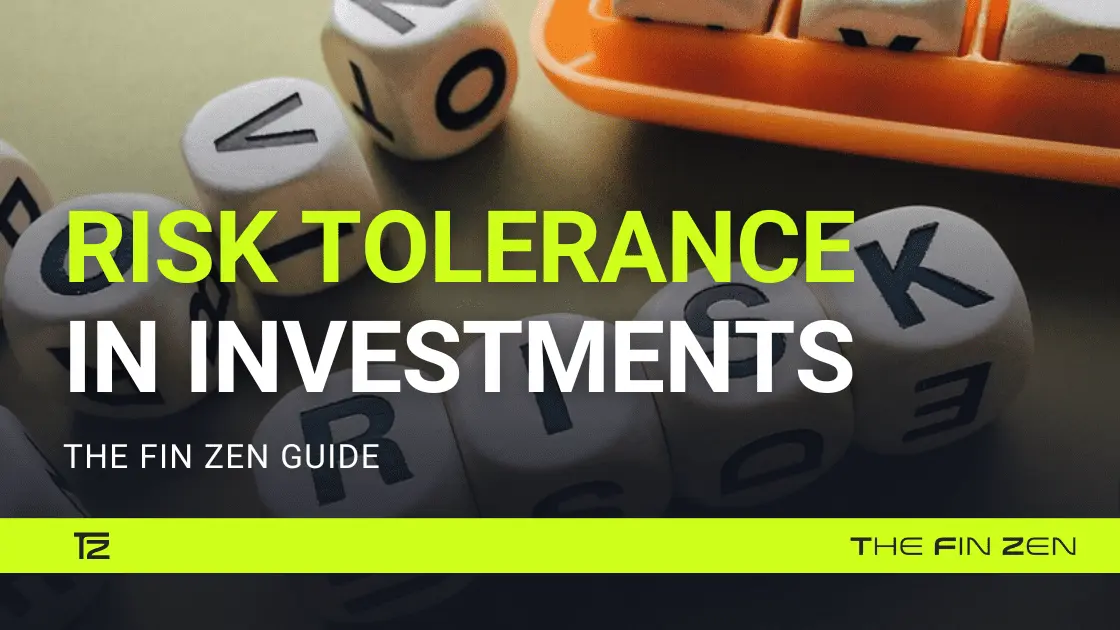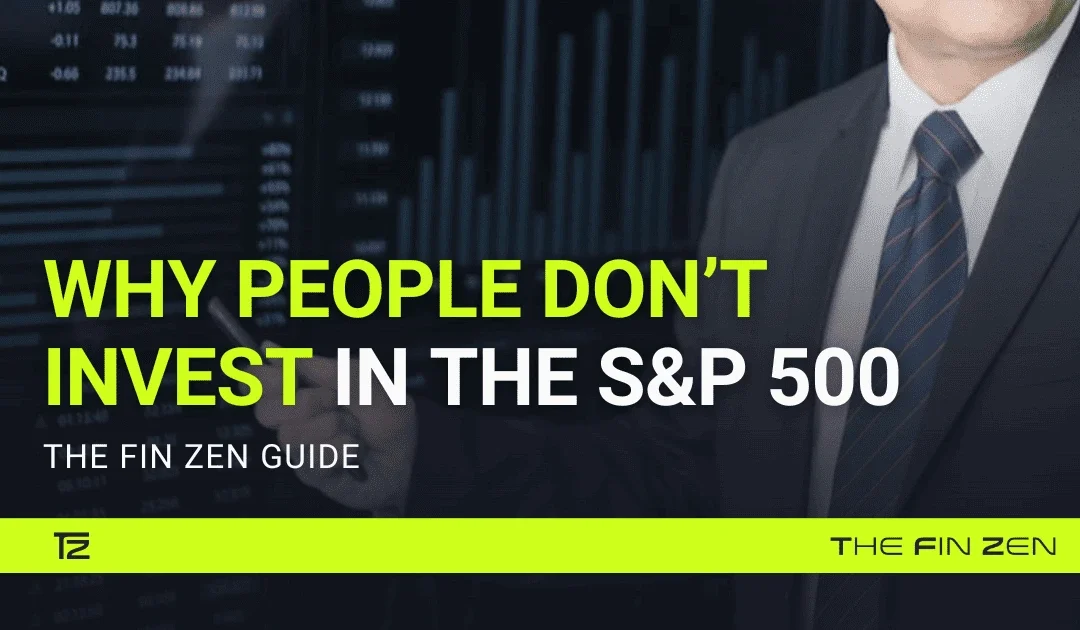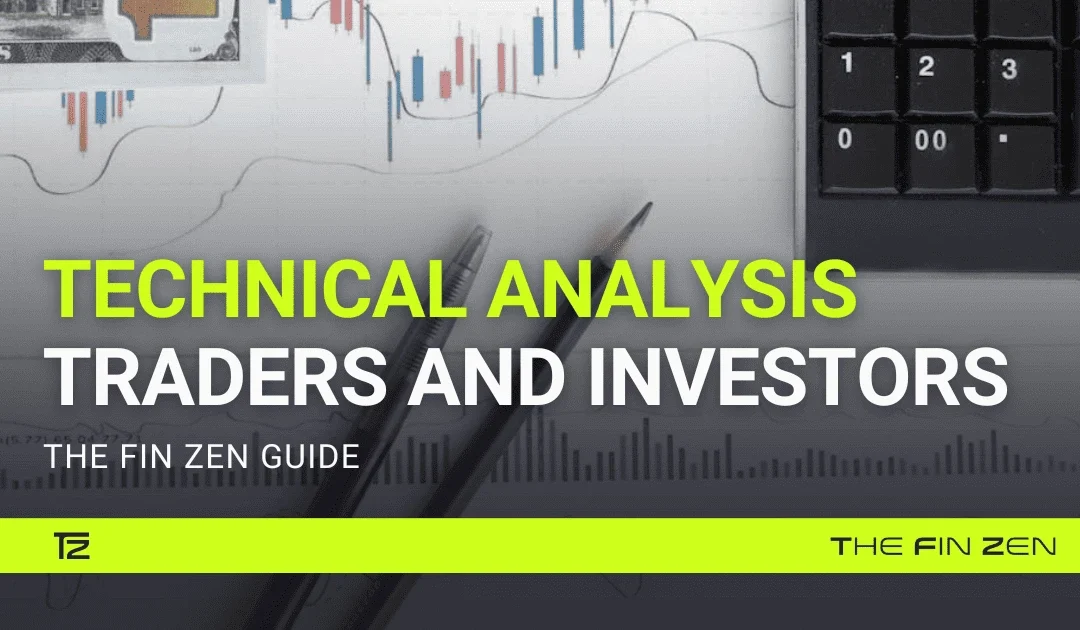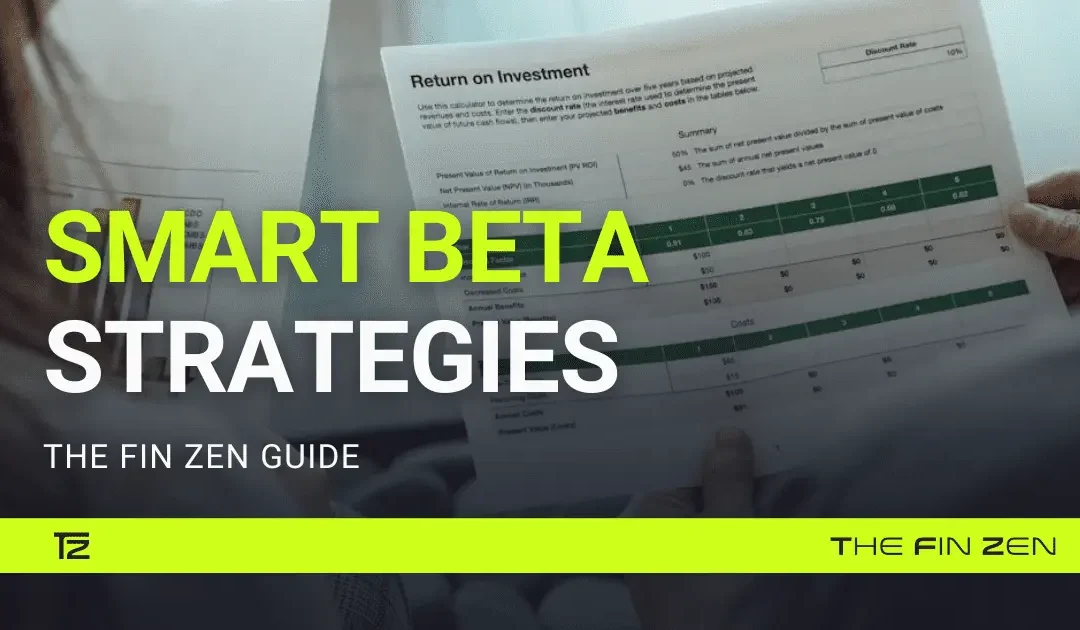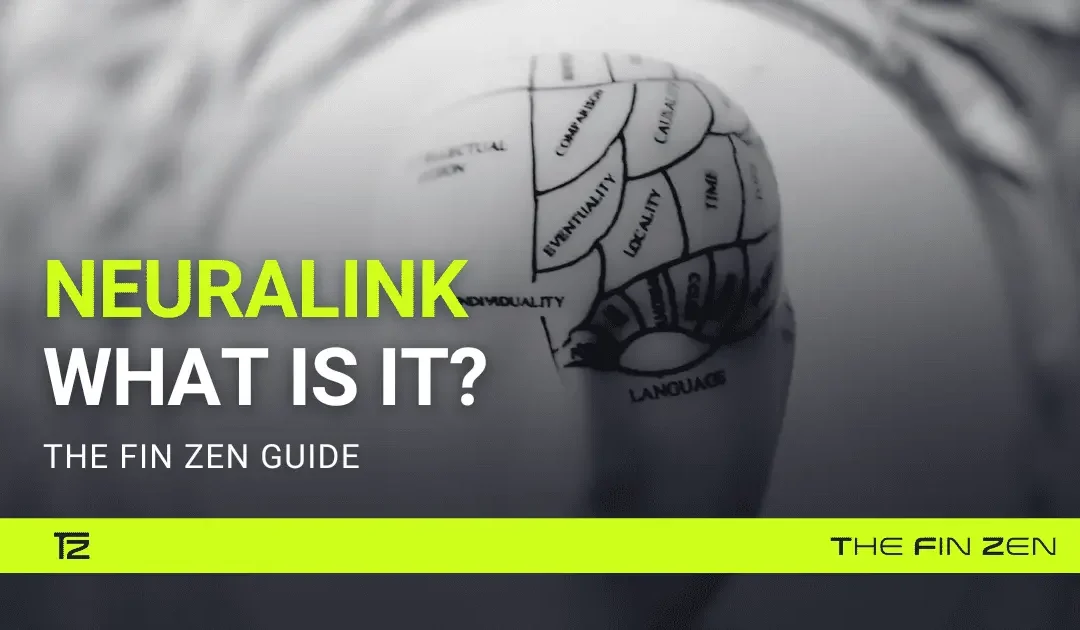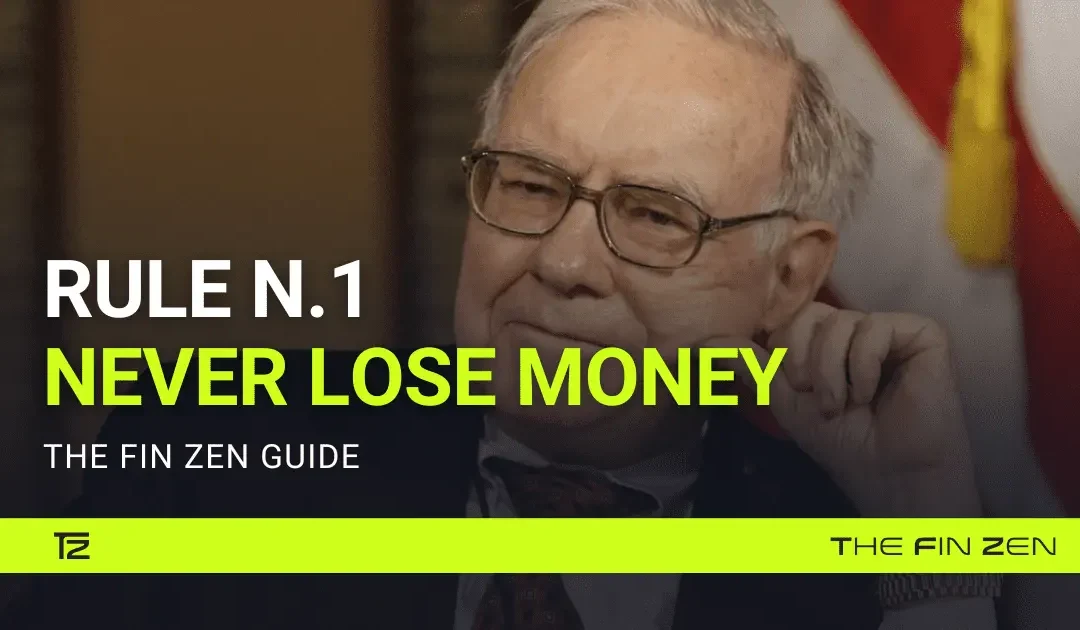What is the first feeling you get when you hear the word risk? Some go crazy for it, and others try to avoid it at all costs. Risk accompanies every choice in our lives and is present in every field. Even the world of investments is not without it, and risk is the reason why there are winners and losers in finance. Usually, we try to portray the investor as an impassive, analytical person who has full knowledge of the consequences that this choice may entail in the future. There is therefore no uncertainty because everything is under the rational control of the person. This is clearly against all logic since there is no possibility of having total control over situations without a minimum probability of risk.
In fact, if the theory of homo economicus were taken as true, insurance companies would have no sense of existing since they would have no room for maneuver. Instead, in the United States alone, every year, over 1 trillion dollars in premiums are collected by insurance companies to cover the risk that any type of eventuality could happen. The emotions and feelings we experience in our activities influence our ability to make rational decisions. These factors can lead to possible errors in the evaluation of situations, which in turn can translate into irrational and sub-optimal choices, exposing us to excessively high risks.
Understanding the Risk-Return Tradeoff
Risk determines the probability of success of a business; the higher it is, the greater the probability of failure. Put that way, one wonders: So why are there people who invest in risky assets? Quickly said. The risky investment must necessarily offer a high return for someone to be willing to include the asset in the portfolio. Therefore, high risk equals high potential reward. Yes, risk and return go hand in hand in finance.
Let’s do a simple demonstration and use government bonds as a financial instrument.
It is said that Germany represents the most solid European economy, so if we wanted to lend our savings to the German state, we are certain that sooner or later, they will be returned to us together with interest. The waters in which the Italian state swims, however, are not so calm. The high state debt worries investors who are not so convinced that their savings will be returned so easily. Therefore, for the Italian treasury, the only way to attract investors to buy Italian bonds is to raise interest rates. This is probably the most banal and immediate example, but the principle adapts to practically any context, financial or otherwise.
What is Risk Tolerance?
Each of us has a certain natural limit to taking risks that arise from our own character and attitudes. This is the so-called risk propensity, which is accompanied by risk capacity in finance. These two concepts may be confusing to the less familiar, but there is a substantial difference.
Risk tolerance is the degree of risk an investor is willing to bear, given the volatility of an investment’s value. An important component in investing is risk tolerance, which often determines the type and amount of investments an individual chooses. Higher risk tolerance is often synonymous with investing in crypto, stocks, equity funds, and ETFs, while lower risk tolerance is often associated with buying bonds, bond funds, and income funds.
Time Arc
Each investor will adopt a different time horizon based on their investment plans. In general, you can take more risks if you have more time. An individual who needs a certain amount of money at the end of fifteen years may be at more risk than an individual who needs the same amount by the end of five years, leveraging also the power of compound interest. Typically, the money needed for budgeted expenses should be allocated to minimally risky assets. For example, if I have to repair the roof of my house in two years, then I will buy simple reliable government bonds with a maturity of two years. This is due to the fact that the market has shown an upward trend over the years. However, there are steady lows in the short term.
Objectives
Financial goals differ from individual to individual. For many, accumulating the maximum amount of money possible is not the only purpose of financial planning. The amount needed to achieve certain goals is calculated, and an investment strategy is usually pursued to provide those returns. Therefore, each individual will take on a different risk tolerance based on their goals. For example, some are satisfied to keep up with inflation.
Age
Usually, young people should be able to take more risks than older people. Young people have the ability to earn more by working and have more time to manage market fluctuations, but also more time to recover losses. Sometimes, inexperience also influences taking high risks without realizing it.
Investor Comfort Level
Every investor manages risk differently. Some investors are naturally more comfortable taking risks than others. Conversely, market volatility can be extremely stressful for some investors. Risk tolerance is, therefore, directly related to how comfortable an investor feels with taking risks.
Levels of Risk Tolerance
The great master Benjamin Graham actually maintains that the degree of risk tolerance does not depend on personal or subjective factors but on the degree of attention we dedicate to the market. An investor who spends a lot of time analyzing the markets will have both more experience and the ability to manage risk. According to this point of view, the profile of a person with a fixed job, a family, and little time available can only be identified as a defensive investor who is satisfied with average market returns. On the other hand, a person who can interface with the market for longer has the possibility of finding opportunities, understanding them and exploiting them, taking on some risks, and effectively defining himself as an aggressive investor.
Evaluating your risk tolerance is an important first step in managing your investment portfolio. There are several methods to assess risk tolerance, including questionnaires, interviews with financial advisors, and personal reflections. The most common method is the risk tolerance questionnaire, which asks a series of questions about your financial situation, investment goals, and personal temperament. Once you have determined your risk tolerance level, you can use it to guide your investment decisions.
Aggressive risk tolerance
An aggressive investor, or one with a high-risk tolerance, is willing to risk losing money for potentially better outcomes. Their investments emphasize capital appreciation rather than income or preservation of their principal investment. This investor’s asset allocation commonly includes stocks or cryptocurrencies and little or no allocation to bonds or cash.
Moderate risk tolerance
Moderate investors want to grow their money without risking losing too much. Their goal is to evaluate opportunities and risks, and this investor’s approach is sometimes described as a “balanced” strategy. Typically, moderate investors develop a portfolio that includes a mix of stocks and bonds, perhaps with a 50/50 or 60/40 structure.
Conservative risk tolerance
Conservative investors are willing to accept little to no volatility in their investment portfolios. Retirees or those near retirement age are often included in this category as they may not be willing to risk a loss on their primary investment and have a short-term investment strategy. A conservative investor aims for secured and highly liquid vehicles. Risk-averse individuals commonly opt for bank certificates of deposit (CDs), money markets, or U.S. Treasury securities for income and capital preservation.
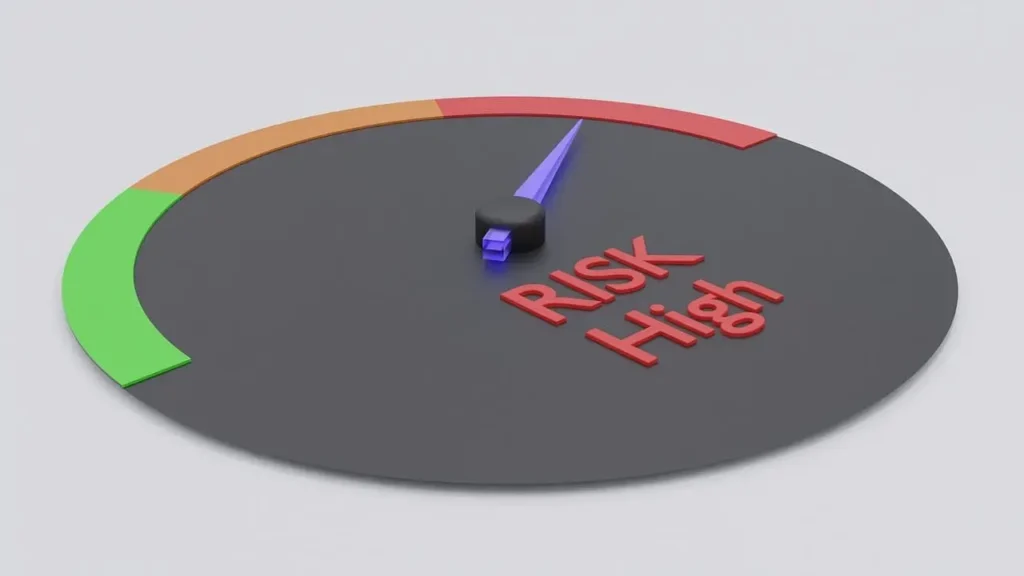
Comparing Risk Tolerance and Risk Capacity
Although similar in name, your risk capacity and risk tolerance are generally independent of each other. Your risk capacity, i.e., how much investment risk you are able to take on, depends on your individual financial situation. Unlike risk tolerance, which may not change over a lifetime, risk capacity is more flexible and changes depending on your personal and financial goals and the timeline for achieving them.
If you have a mortgage, your own business, children approaching college, or elderly parents who depend on you financially, you may be less likely to comfortably ride out a bear market (given your income needs) than if you’re single and you do not have any major financial obligations. A financial shock, such as job loss, an accident resulting in expensive medical bills can also influence your investment decisions by altering the amount of risk you can afford.
Risk Tolerance: Key Takeaways and Recommendations
As you may have understood while reading this article on The Fin Zen, evaluating your risk tolerance is essential to successfully embark on the path to financial tranquility. On the other hand, knowing how to carry out your own research is also important to understand the degree of risk of that particular investment. A correct assessment of the intrinsic risk of the asset and of one’s propensity will allow us to live our adventure as investors harmoniously.
It is essential to remember the rule that great returns always correspond to great risks. Recognizing, understanding and accepting them will be a difficult exercise, but also fun and educational. Ultimately, all we have to do is build an asset allocation and ad hoc strategies based on our ability and risk tolerance, in order not to make the market excessively influential in our lives and on our sanity.

